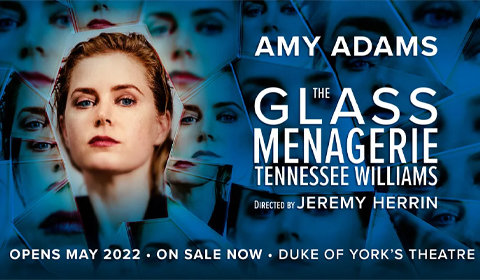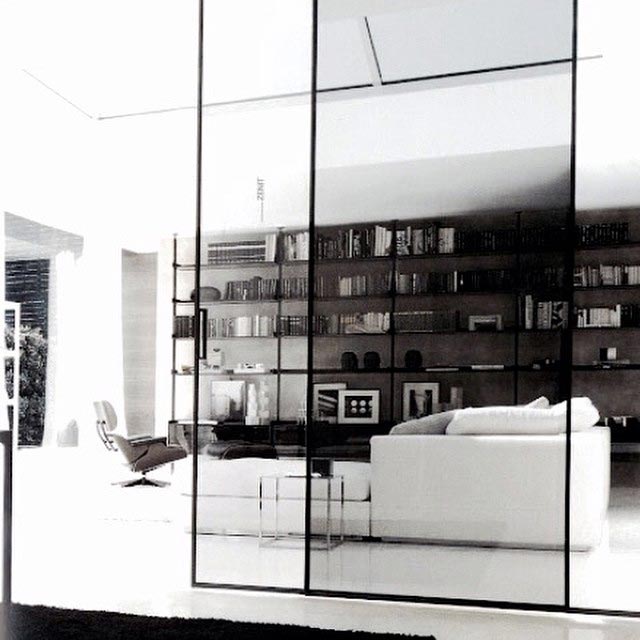

Which is not to say that the production doesn’t have techniques of its own.

Instead, surrounding an open-sided rectangular platform dressed with little but a display cabinet for Laura’s titular menagerie, the narrator sets up the proceedings by wandering through faded clutter to start an old reel-to-reel tape recorder and touch the keys of a dusty, old upright piano to set off Nick Powell’s tender soundscape.Įxposing the elements of Williams’ stagecraft and making the audience unusually conscious of them puts pressure on the actors to deliver without the assistance of cunningly hidden and supportive stage effects.

To that effect, Herrin, designer Vicki Mortimer and lighting designer Paule Constable refuse to create a standard study in nostalgia. The production is taking the narrator’s opening address fully to heart: “I am the opposite of a stage magician.” Instead of presenting illusion with the appearance of truth, Tom says, “I give you truth in the pleasant disguise of illusion.” Herrin splits the character of Tom in two with a pensive, near mournful Paul Hilton as a reflective older narrator and a faintly exasperated Tom Glynn-Carney as young Tom, aching to escape the claustrophobia of the family home and the shoe warehouse where he works. Stripping away almost all props and laying bare the staging mechanics, he’s attempting to expose and enhance the play’s essence. Director Jeremy Herrin is faithful to multiple elements of Williams’ stage directions - including a screen of accompanying images above the action - but he aims to deliver the play’s essence in unexpected ways. With a cast headed by Amy Adams making her West End debut, you’d be forgiven for imagining the latest production of Tennessee Williams’ play “ The Glass Menagerie” might be everything you’d expect of a nicely upholstered revival.


 0 kommentar(er)
0 kommentar(er)
